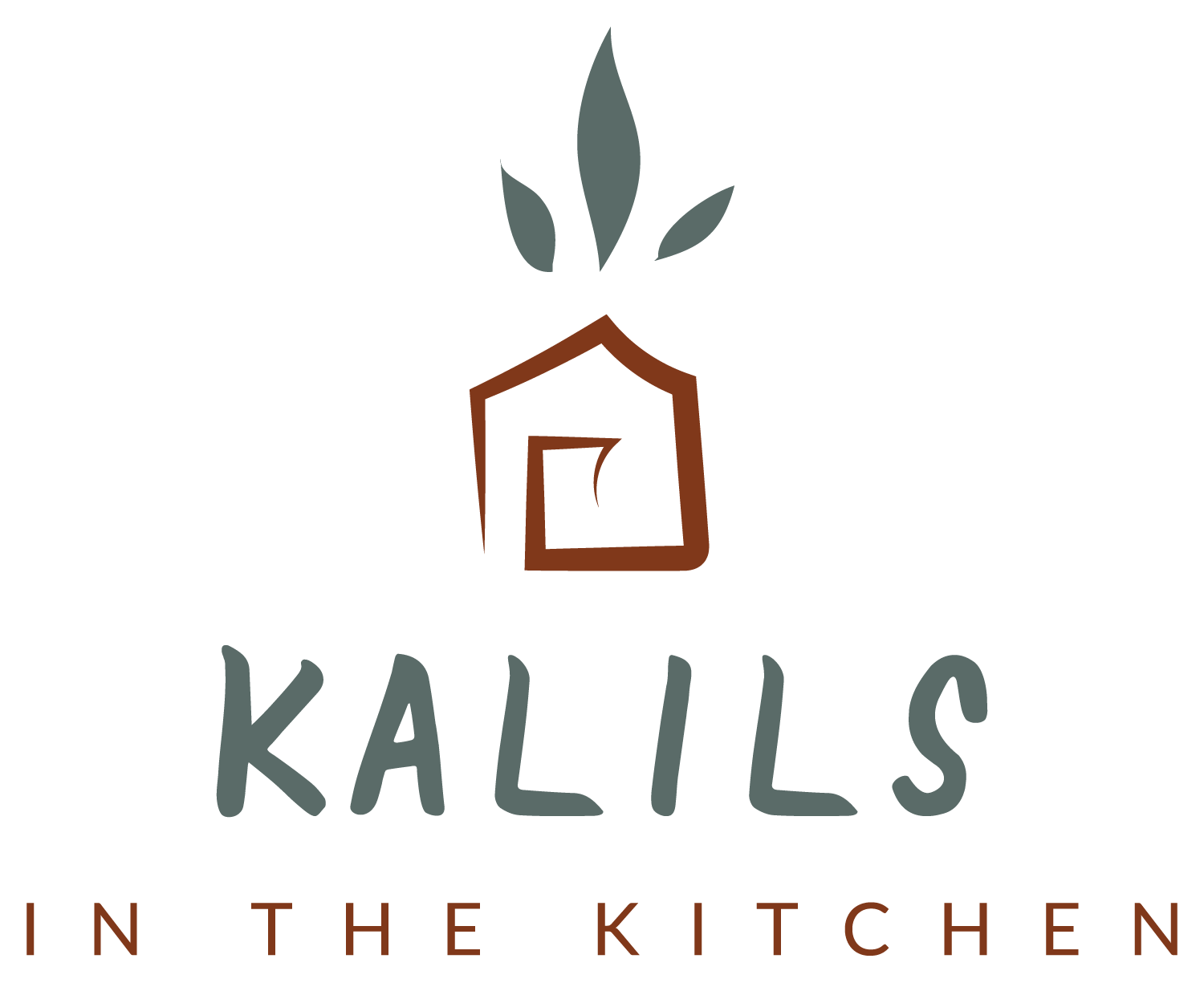Falafel is a popular appetizer from the Middle East, known for its light and crispy ball or patty-shaped exterior and fluffy interior. Although falafel is believed to have different origins, it is generally understood that it was likely developed in Egypt around the 19th century or earlier. From there, falafel quickly became a staple across the Middle East, although today, you’ll find some of the best falafel in Paris, where it is often served as street food.
Modern-day falafel is usually made in the Palestinian style, using only chickpeas as the base ingredient. However, traditionally, some parts of Egypt used fava beans instead, which is still a pantry staple. (Fava beans are also used to produce fool mudammas—also known as ful or foul mudammas—a popular dish in Egypt.) In other regions, such as Lebanon and Syria, falafel is made with a blend of chickpeas and fava beans.

To create falafel that leaves an impressive depth of flavor, garlic and onions are key. Fresh bell pepper, parsley, and celery add to falafel’s color and taste. Fresh cilantro and mint are a refreshing, but polarizing pair that are common additions to falafel sandwiches. Because of this, it is best to leave these fresh herbs as an optional addition when building a sandwich.
Falafel also requires baking soda to achieve a light, interior contrast against its crispy exterior. With the right amount, you can avoid the falafel becoming too soft or wet. Note: Nixtamalization may be used as a substitute for baking soda, though it may affect the final texture of your falafel.
Besides its unique flavor, falafel offers a one-two punch for environmental sustainability. It not only mitigates the need for protein from livestock, but unlike manufactured plant-based burgers sold in restaurants and fast-food chains, it is good for the earth. Chickpeas and fava beans are pulses, a category of legumes grown in a fallow system as part of their crop rotation. This practice nourishes the soil by replenishing the nitrogen, controlling weeds, and reducing disease and pest infections.
With its simple ingredients, falafel is easy to make; below is our version of this classic Middle-Eastern staple!
Falafel Recipe
(Yields 24-30 pieces; 30-35 grams each)

Bean Paste
1 cup dried chickpeas
1/2 cup dried, peeled fava beans 2 cups water
1 1/2 tsp ground cumin
1 1/2 tsp ground coriander
1 tsp ground allspice
1 tsp white pepper
1 tsp cayenne pepper

Soak the beans in water for overnight, at least 12 hours.
Note: Canned chickpeas and fava beans will not work for this recipe, nor will par-cooking the dried beans.


Drain the excess water. Put the beans and spices in a food processor and blend on high until it forms a smooth paste – approximately 4-5 minutes.

Vegetable Puree
1 medium onion
3 large cloves of garlic
1 stalk celery
1 medium red bell pepper, seeded 1 jalapeño pepper, seeded
1 bunch parsley

Rough chop all the ingredients and place them in a food processor.
Pulse the picture until it becomes a small mince, scraping down the sides of the bowl intermittently.
Blend the mixture on high until it becomes a smooth puree.

Using a fine mesh strainer, strain the excess moisture from vegetable mixture.
Note: Removing the excess moisture does not compromise the flavor intensity. It allows for a final mixture that is less wet and cooks more evenly. After all, cooking by deep frying in oil is a technique for driving out moisture.

Falafel Base
1 batch bean paste
1 batch vegetable puree
Utilizing a rubber spatula or gloved hands, mix the paste and puree in a clean mixing bowl until evenly blended. Refrigerate for a minimum of 2 hours.

Falafel Paste
1 batch falafel paste
2 tsp salt
2 Tbsp sesame seeds
1 tsp baking powder

Utilizing a rubber spatula or gloved hands, mix the paste and puree in a clean mixing bowl until evenly blended.
Fried Falafel Balls
1 batch falafel paste
2-3 quarts canola or vegetable oil (depending on the size of the pot)

Heat the oil to 350 degrees. Using a falafel mold, a scooper, or gloved hands, portion the falafel paste into balls 30-35 grams (1- 1½ oz) in size.

Gently slide the falafel balls into the oil and fry for 3 to 5 minutes, or until dark and crispy, flipping the balls over halfway through. Remove and drain on paper towels. Serve the falafel balls with pita, lettuce, tomatoes, cucumbers, pickled turnips, and tahini sauce.

Tahini Sauce
Yields 3 cups
1 cup Tahini
1 cup lemon Juice
1 cup yogurt, non-dairy yogurt, or water
1 Tbsp Pureed Garlic
1 tsp salt
In a clean bowl, blend well with a whisk. Store refrigerated for up to 5 days. This recipe can be scaled up or down evenly if desired.


Very nice recipe Chef!